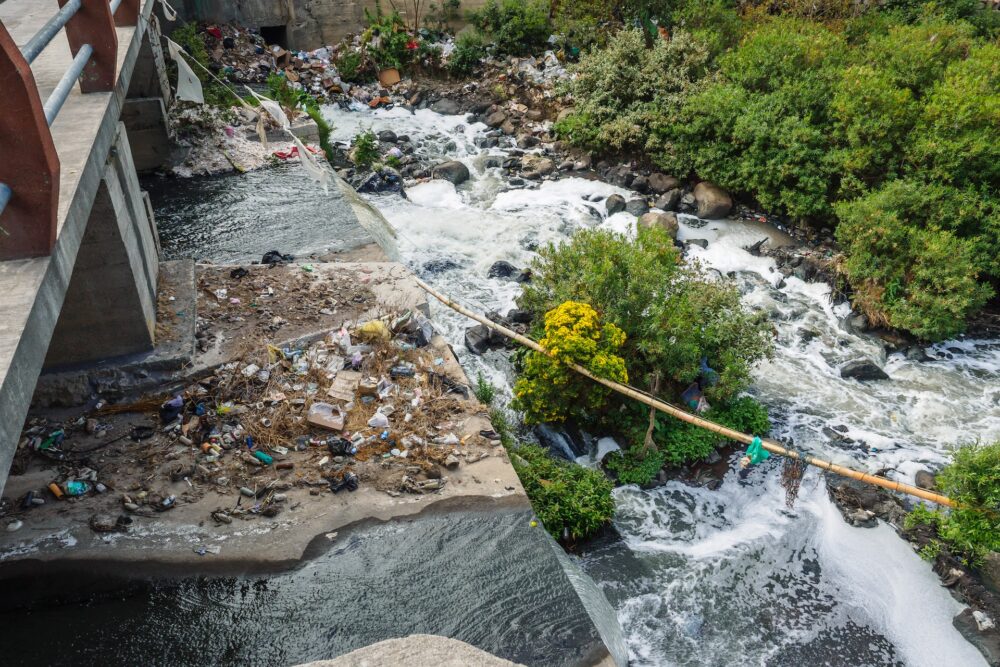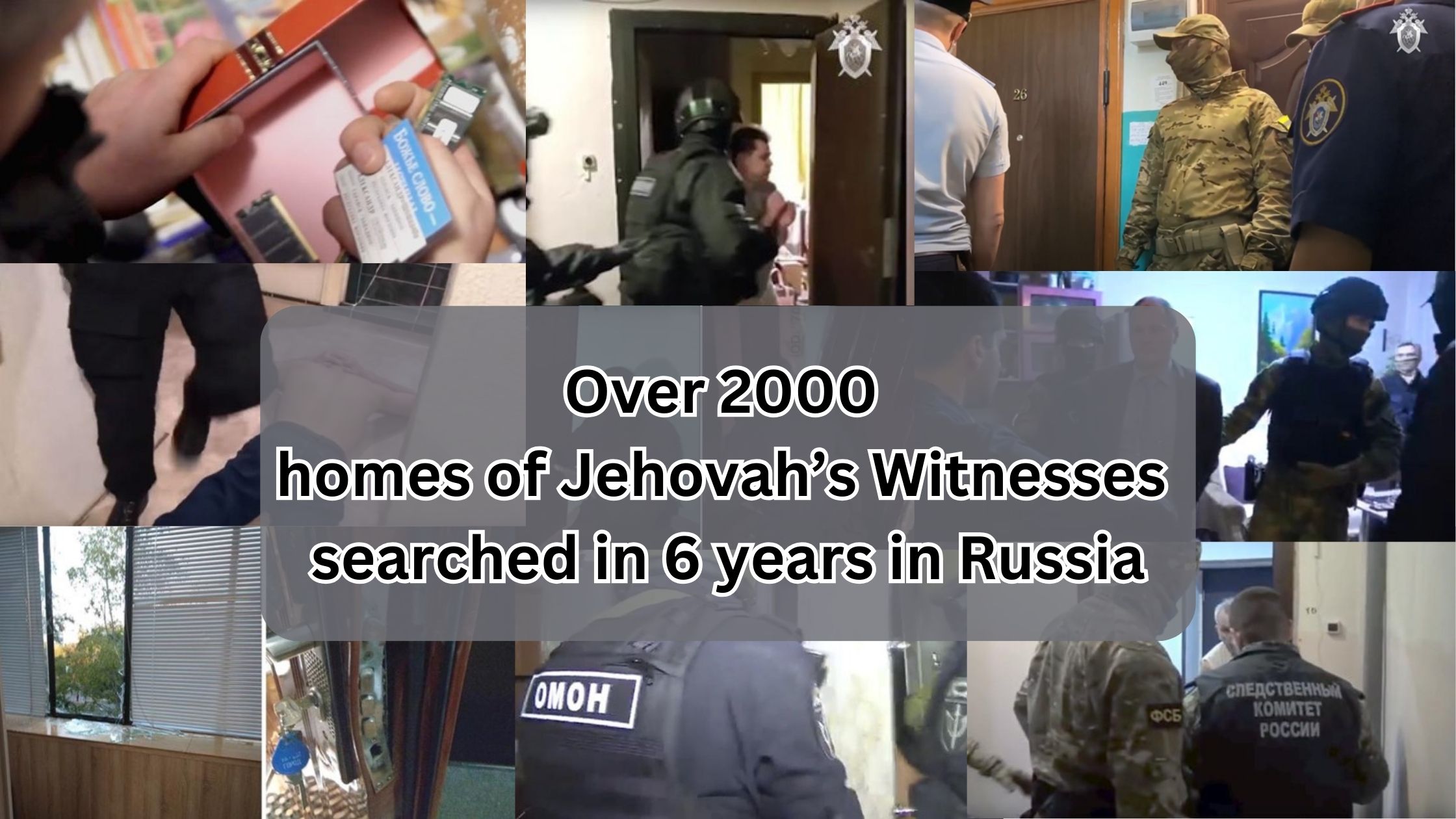Liège, cradle of art: exceptional museums and galleries to explore
Located in Belgium, the city of Liège is a true artistic gem. Known for its rich cultural past, it is full of exceptional museums and galleries worth exploring. Whether you are a fan of modern, classic or contemporary art, Liège will satisfy all your artistic desires.
One of the city’s must-see museums is the Boverie Museum. Housed in a magnificent 19th century building, this museum houses an impressive collection of works of art spanning from ancient times to the present day. There you can admire paintings, sculptures, photographs and many other forms of art. The Boverie Museum also regularly hosts temporary exhibitions, offering a renewed artistic experience with each visit.
If you are passionate about contemporary art, don’t miss the Museum of Modern and Contemporary Art, also called MAMAC. This museum highlights contemporary Belgian and international artists and offers thematic exhibitions that reflect current trends in art. MAMAC is a dynamic venue that also organizes conferences, workshops and artistic performances, providing an immersive experience in the world of contemporary art.
Lovers of classical art will not be left out in Liège. The Curtius Museum is a real treasure for lovers of ancient art. Housed in a sumptuous 16th century residence, this museum houses a collection of works of art ranging from Antiquity to the Renaissance. You will be able to admire sculptures, paintings, antique furniture and many other objects of art which bear witness to the history and artistic wealth of the region.
In addition to these museums, Liège also has many art galleries that are worth a visit. The contemporary art gallery in the town of Chênée is an essential place for lovers of contemporary art. This gallery highlights emerging artists and offers temporary exhibitions that will allow you to discover new talents.
If you are interested in urban art, don’t miss the Liege Street Art gallery. Located in the Saint-Léonard district, this gallery exhibits works by renowned street artists such as ROA and Bosoletti. As you stroll through the streets of Liège, you will also be able to discover numerous frescoes and installations which are an integral part of the city’s urban landscape.
In addition to its museums and galleries, Liège also organizes numerous artistic events throughout the year. Don’t miss the Photography Biennale and the Les Transnumériques festival, which highlight new forms of digital and interactive art. These events are an opportunity to discover innovative artists and participate in unique artistic performances.
In conclusion, Liège is truly the cradle of art in Belgium. With its exceptional museums and galleries, the city offers a unique artistic experience. Whether you are a fan of modern, classic or contemporary art, Liège will seduce you with its artistic diversity and its rich cultural heritage. So don’t hesitate any longer, set off to discover this fascinating city and let yourself be carried away by the magic of art.
Originally published at Almouwatin.com

























